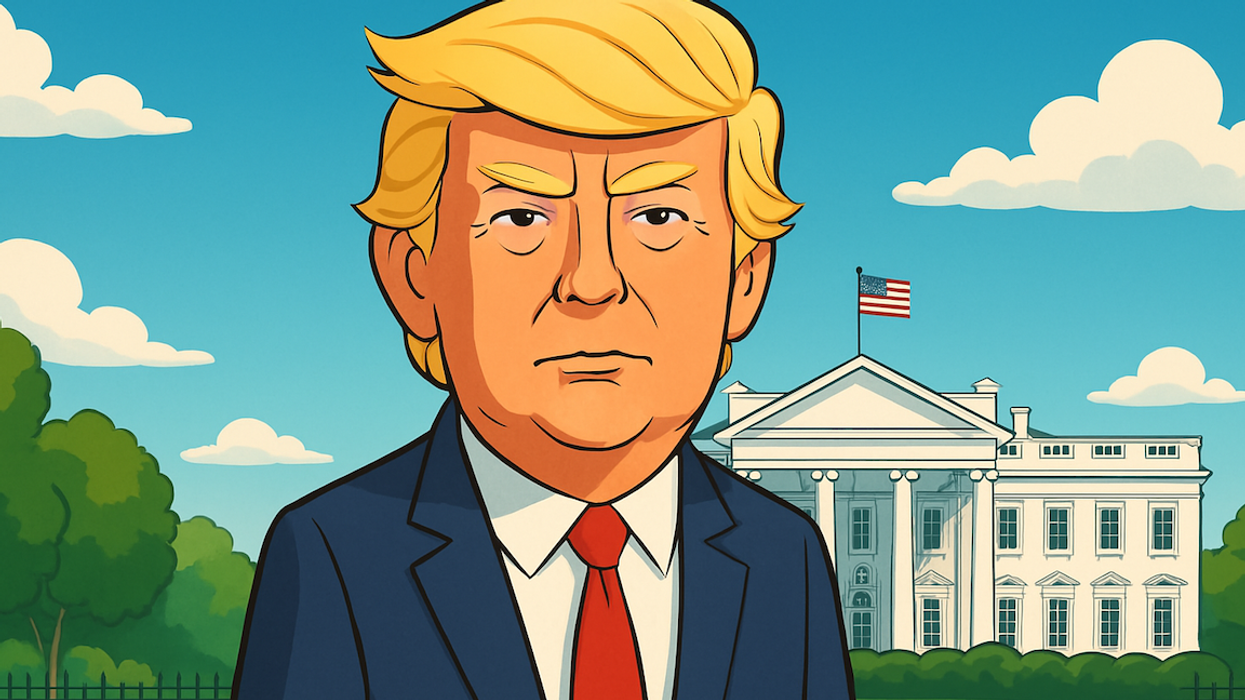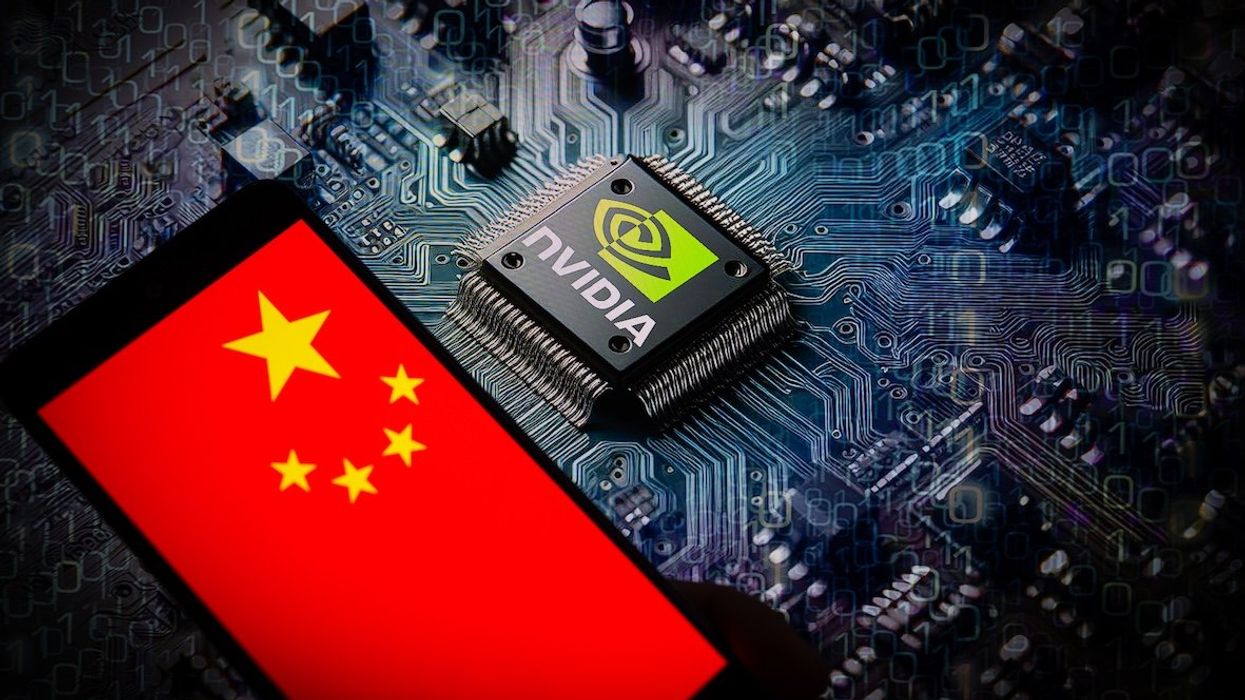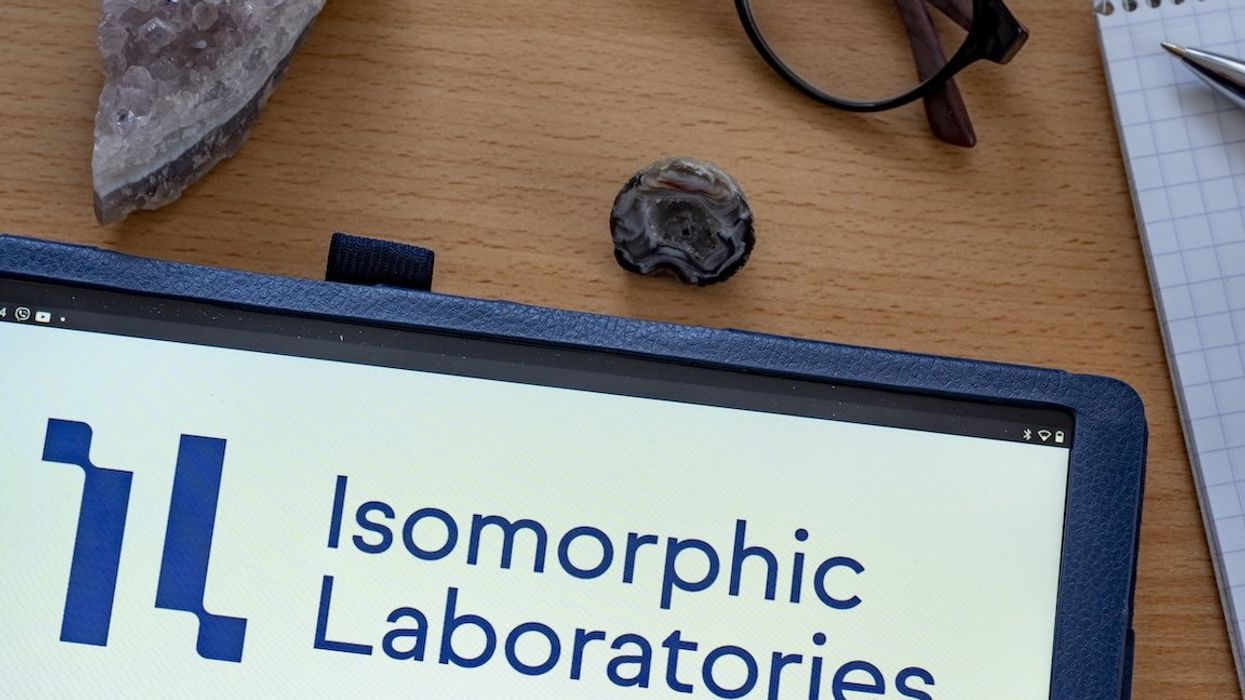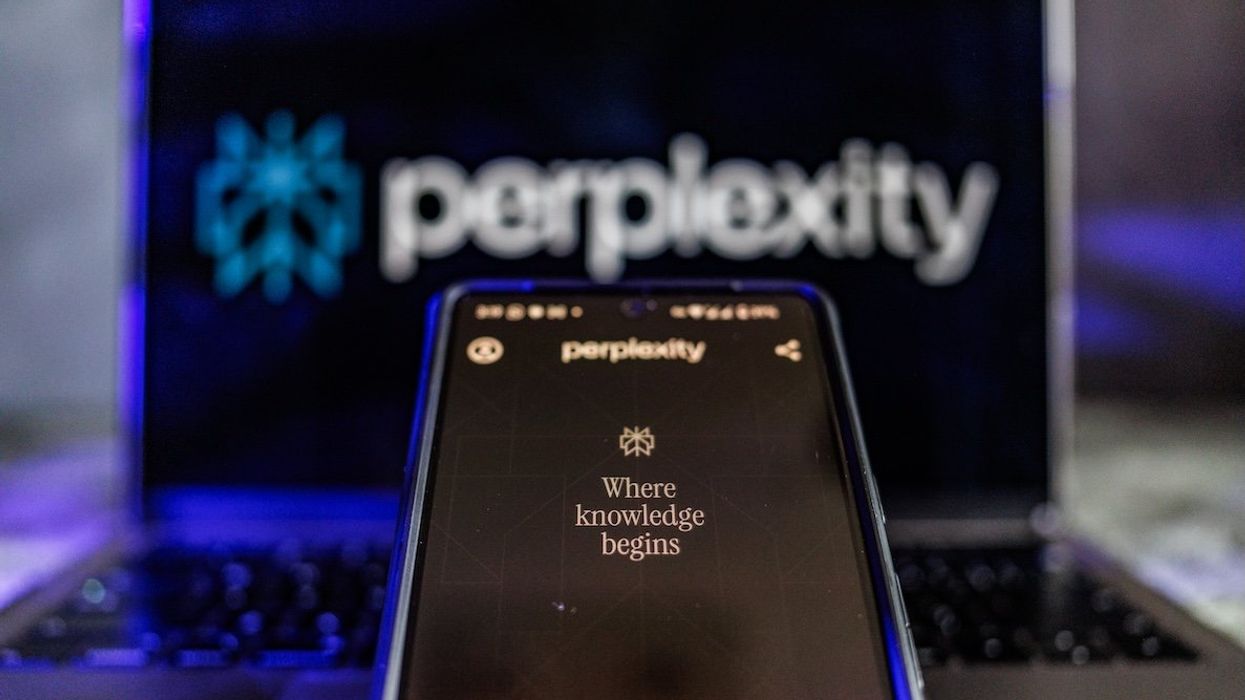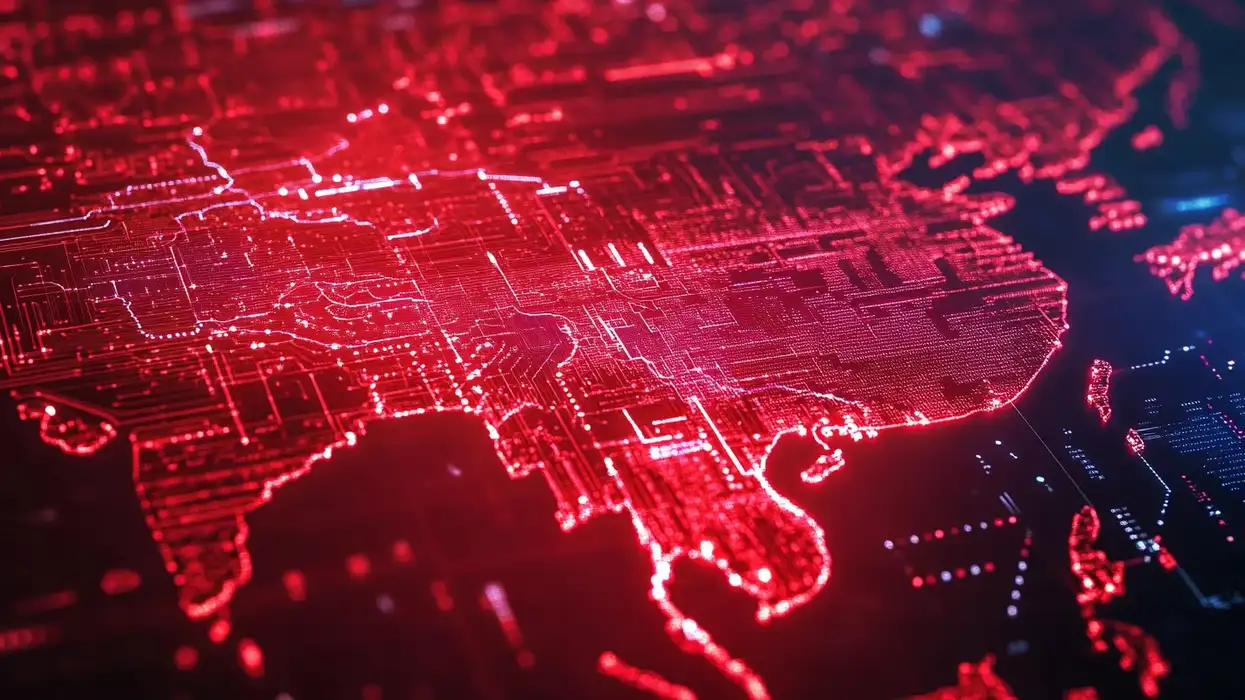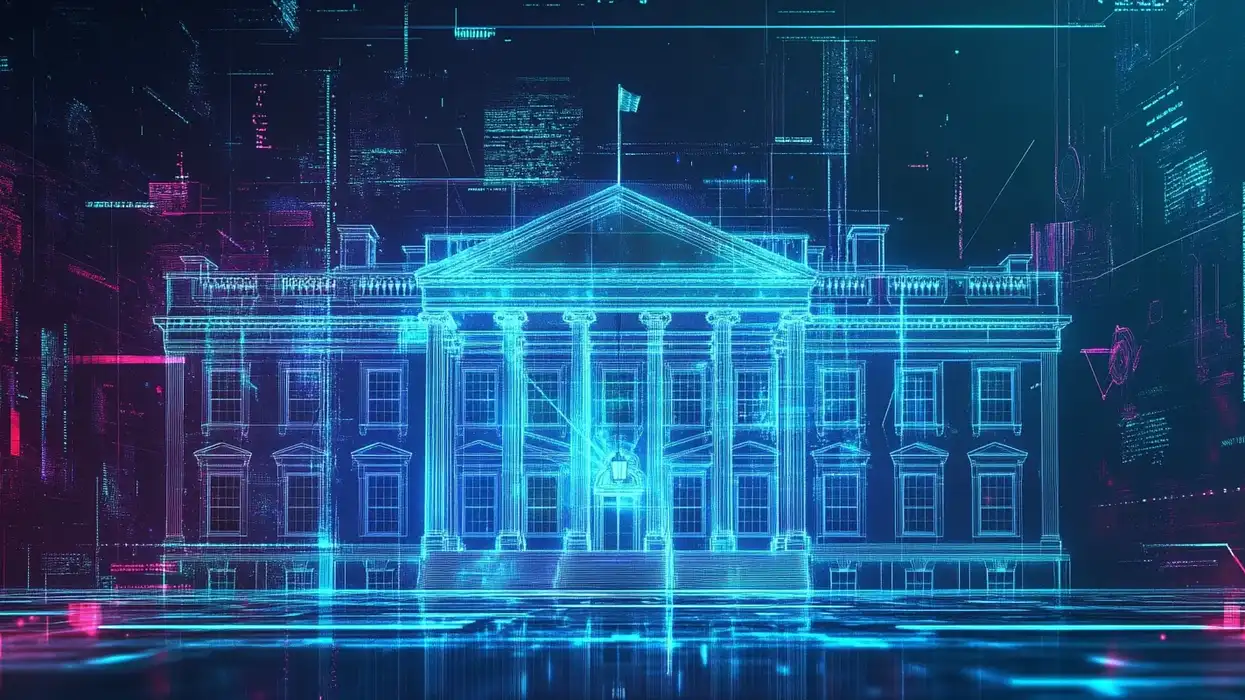VIDEOSGZERO World with Ian BremmerQuick TakePUPPET REGIMEIan ExplainsGZERO ReportsAsk IanGlobal Stage
Site Navigation
Search
Human content,
AI powered search.
Latest Stories
Start your day right!
Get latest updates and insights delivered to your inbox.
Scott Nover
Contributing Writer
Scott Nover is the lead writer for GZERO AI. He's a contributing writer for Slate and was previously a staff writer at Quartz and Adweek. His writing has appeared in The Atlantic, Fast Company, Vox.com, and The Washington Post, among other outlets. He currently lives near Washington, DC, with his wife and pup.
Fields of expertise
artificial intelligence, technology
Education
George Washington University
